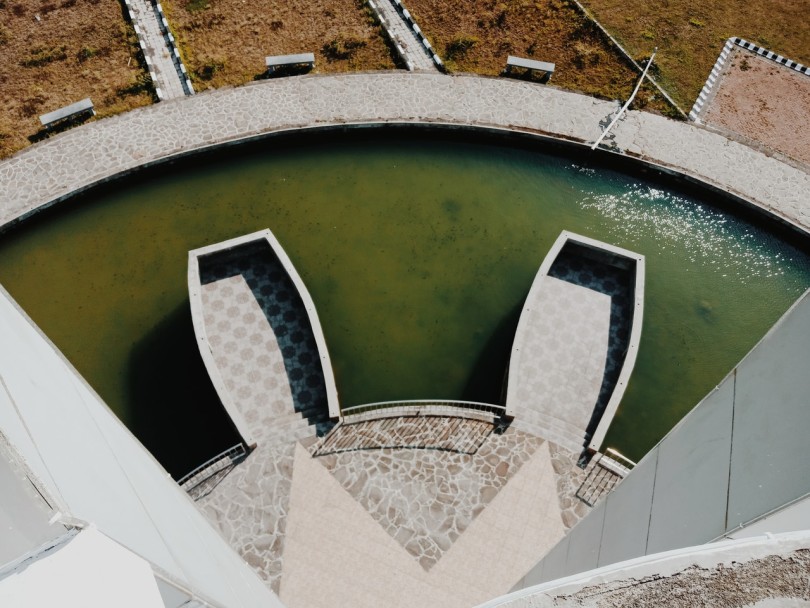22 Apr 24
Lab ChatLabworx
The Global News Source for the World of Science and Chemicals
Are NANOWIRES the solution to MICROPOLLUTION?
05 August 2022
Enviro Chat
The problem of unclean drinking water is one which plagues the global population. According to recent estimates, some 1.8 billion people are exposed to water containing damaging pollutants such as faeces on a daily basis. UNICEF believes that 1,800 children die each day from drinking water-related diseases such as cholera and diarrhoea.
Fortunately, there have been some encouraging breakthroughs in this field in recent years. One of the most promising comes from Lausanne in Switzerland, where a team of researchers has developed a new prototype device which can remove pathogens, bacteria and micropollutants from water. Best of all, the only energy source it requires to function is sunlight.
A ground-breaking filtration system
Developed by researchers from the Ecole Polytechnique Fédérale de Lausanne (EPFL), the new system utilises titanium dioxide (TiO2) nanowires alongside carbon nanotubes to filter out unwanted contaminants. By interweaving the two substances together, the team have effectively added a pasteurisation stage to the filtration process.
The device really comes to life when it reacts with the ultraviolet (UV) radiation emitted by the sun. As it hits the surface of the TiO2 nanowires and nanotubes, it contributes to the production of molecules such as oxygen, hydroxide and hydrogen peroxide. Collectively known as reactive oxygen species (ROS), these molecules are recognised as effective at killing a variety of pathogens.
Encouraging early results
To date, the filtration system has only been tested on E. coli bacteria, which is deemed to be the gold standard when it comes to water purification and bacteria elimination. It showed hugely impressive results in that initial study (the findings of which were published in the journal Clean Water), which means it should be equally effective when deployed on other contaminants, too.
Among other pathogens, it’s expected that the device will be adept at removing Campylobacter, Cryptosporidium, Hepatitis A, Legionella Pneumophila and Salmonella, which are responsible for various waterborne diseases. Meanwhile, it’s even proven to be effective at filtering out micropollutants such as cosmetics, pharmaceuticals and pesticides, which have often caused significant problems for the scientific community in the past.
The filtration system of the future?
The prototype is capable of being scaled up easily and affordably, while the fact that it doesn’t require an external power source (other than the sun) means it can be deployed at remote locations where the water infrastructure is currently insufficient to meet the demands of the local populace. As such, it could be vital in providing clean drinking water to impoverished and inaccessible populations, preventing potentially thousands or even millions of deaths in the process.
The encouraging initial results from the EPFL study have given the authors of the paper hope that it will now generate a significant buzz among the investment capital world, drawing funding to the project. To date, the device has been funded using capital provided by the UAE’s Global Water Award, among other generous benefactors.
DOWNLOAD PDF

2 Day Seminar Program
@ ArabLab+ 2024
24 & 25 September 2024
Your stay in Dubai
Labkit
Product News
Chemkit
Product News
Thinking about exhibiting at ARABLAB 2024? Watch our video to find out more.
Join the world’s leading organisations…
Get in touch and stay in touch…
Join our mailing list and receive the ARABLAB newsletter and event updates.





















